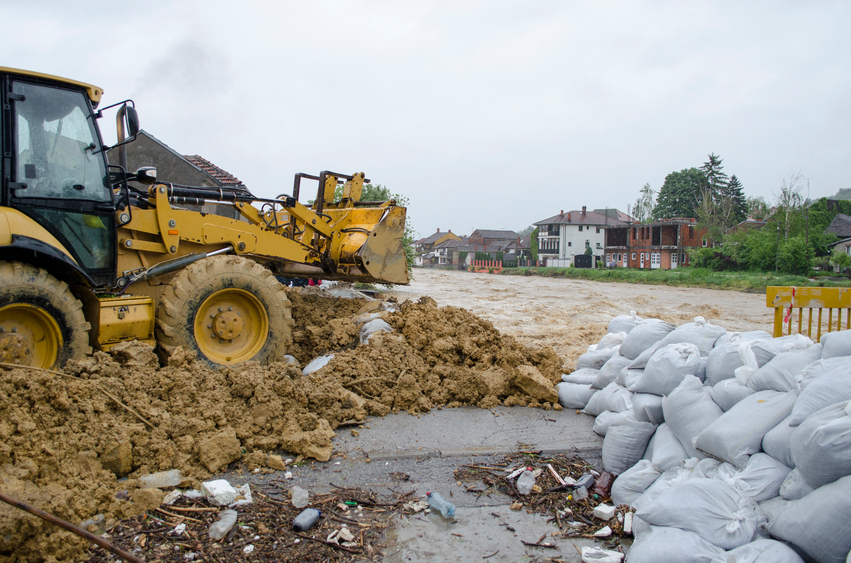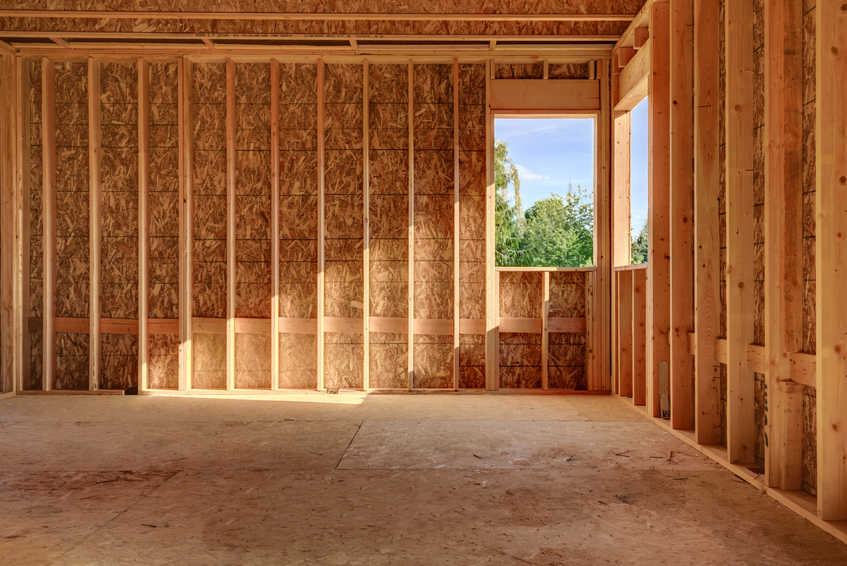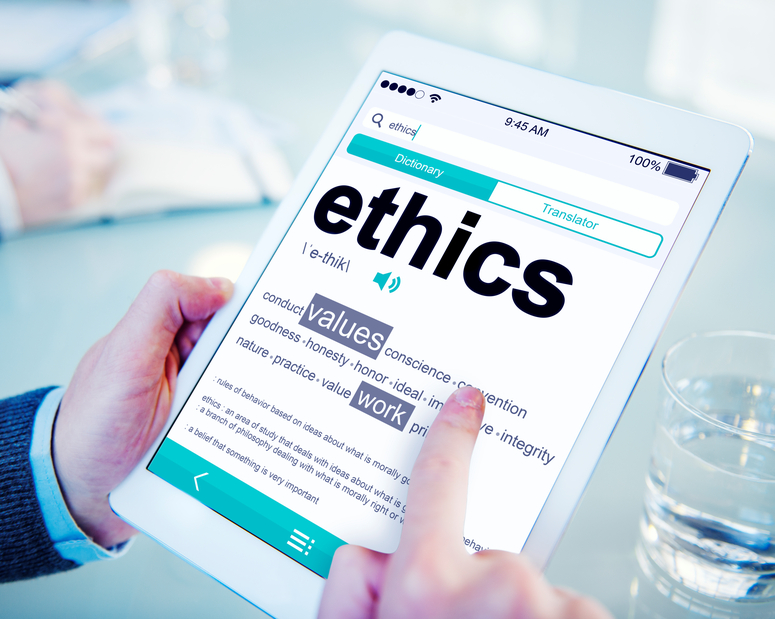Nebraska Structural and Ethics 7 PDH Discount Package 1
Courses in this Package
Coastal Construction - Installing Mechanical Equipment and Utilities (S01-006)
Coastal Construction - Retrofitting the Buildings for Natural Hazards (S02-024)
Wood as An Engineering Material: Structure and Function of Wood (S02-021)
Wood as An Engineering Material: Wood as a Sustainable Building Material (S01-005)
Engineering Ethics for Nebraska Professional Engineers (NE1-001)

This online engineering PDH course provides guidance on the design considerations for installing mechanical equipment and other utilities in coastal construction areas.
Protecting mechanical equipment and utilities is a key component of successful building performance during and after a disaster event. These equipment and utilities include: elevators, exterior-mounted and interior mechanical equipment, and electric, telephone, and cable TV systems and water and wastewater systems.
This 1 PDH online course is intended for structural engineers, design and construction personnel and other technical professionals who are involved in coastal construction projects.
This PE continuing education course is intended to provide you with the following specific knowledge and skills:
- Understanding the design and installation strategies for elevators in coastal construction areas
- Familiarizing with the different design strategies for installing exterior and interior mechanical equipment for different types of natural hazards
- Understanding the different design considerations for installing electric utility, telephone, and cable TV Systems in coastal construction areas
- Learning the design considerations for water and wastewater systems, septic systems, sanitary systems, municipal water connections, and fire sprinkler systems in coastal construction areas
Upon successful completion of the quiz, print your Certificate of Completion instantly. (Note: if you are paying by check or money order, you will be able to print it after we receive your payment.) For your convenience, we will also email it to you. Please note that you can log in to your account at any time to access and print your Certificate of Completion.

This online engineering PDH course provides guidance on retrofitting existing residential structures to resist or mitigate the consequences of natural hazards in the coastal environment.
The natural hazards that are addressed are wildfires, seismic events, floods and high winds. Specific retrofitting methods and implementation are discussed briefly, and resources with more in-depth information are provided. For retrofitting to mitigate high winds, the new three-tiered wind retrofit program that is provided in FEMA P-804, Wind Retrofit Guide for Residential Buildings (FEMA 2010c), is discussed. The program includes systematic and programmatic guidance.
This 2 PDH online course is intended for structural engineers, design and construction personnel and other technical professionals who are involved in coastal construction projects.
This PE continuing education course is intended to provide you with the following specific knowledge and skills:
- Familiarizing with wildfire and seismic mitigation approaches for existing structures
- Understanding the different floodproofing mitigation approaches such as elevating and relocation the existing building
- Learning how to dry-proof and wetproof existing buildings
- Familiarizing with the high wind mitigation approach for existing structures
Upon successful completion of the quiz, print your Certificate of Completion instantly. (Note: if you are paying by check or money order, you will be able to print it after we receive your payment.) For your convenience, we will also email it to you. Please note that you can log in to your account at any time to access and print your Certificate of Completion.

This online engineering PDH course provides guidance on the basic biological structure of wood and provides a basis for interpreting its properties in an engineering context. By understanding the function of wood in the living tree, we can better understand the strengths and limitations it presents as a material.
Wood is a complex biological structure, a composite of many chemistries and cell types acting together to serve the needs of a living plant. Attempting to understand wood in the context of wood technology, we have often overlooked the key and basic fact that wood evolved over the course of millions of years to serve three main functions in plants― conduction of water from the roots to the leaves, mechanical support of the plant body, and storage of biochemicals. There is no property of wood—physical, mechanical, chemical, biological, or technological—that is not fundamentally derived from the fact that wood is formed to meet the needs of the living tree. To accomplish any of these functions, wood must have cells that are designed and interconnected in ways sufficient to perform these functions. These three functions have influenced the evolution of approximately 20,000 different species of woody plants, each with unique properties, uses, and capabilities, in both plant and human contexts.
This 2 PDH online course is applicable to civil, structural or geotechnical engineers, as well as design and construction personnel who are interested in gaining a better understanding of the structures and functions of wood or who are involved in the design and planning of wood structures.
This PE continuing education course is intended to provide you with the following specific knowledge and skills:
- Learning the biological structure of wood
- Understanding the microscopic structure of softwoods and hardwoods
- Familiarizing with the different appearances of wood as sawn lumber
- Understanding the differences between plainsawn and quartersawn lumber
Upon successful completion of the quiz, print your Certificate of Completion instantly. (Note: if you are paying by check or money order, you will be able to print it after we receive your payment.) For your convenience, we will also email it to you. Please note that you can log in to your account at any time to access and print your Certificate of Completion.

This online engineering PDH course illustrates how wood is considered as a sustainable building material.
Few building materials possess the environmental benefits of wood. It is not only the most widely used building material but also one with characteristics that make it suitable for a wide range of applications.One of the greatest attributes of wood is that it is a renewable resource. If sustainable forest management and harvesting practices are followed, wood resources will be available indefinitely.
This 1 PDH online course is applicable to civil, structural or geotechnical engineers, as well as design and construction personnel who are interested in gaining a better understanding in wood as a sustainable building material or who are involved in the design and planning of wood structures.
This PE continuing education course is intended to provide you with the following specific knowledge and skills:
- Learning how wood is considered aGreen Building Material
- Understanding the concept of Embodied Energy
- Learning the Carbon Impact of different materials
- Familiarizing with the different Forest Certification Programs
Upon successful completion of the quiz, print your Certificate of Completion instantly. (Note: if you are paying by check or money order, you will be able to print it after we receive your payment.) For your convenience, we will also email it to you. Please note that you can log in to your account at any time to access and print your Certificate of Completion.

This online engineering PDH course presents the laws and rules of ethics and professional responsibility governing the practice of engineering in the State of Nebraska. Title 110, Chapter 5, “Code of Practice”, of the Nebraska Rules and Regulations of the Rules, which relate to the laws and rules of profession conduct are presented in this course.
Engineering ethics is (1) the study of moral issues and decisions confronting individuals and organizations involved in engineering and (2) the study of related questions about moral conduct, character, ideals and relationships of peoples and organizations involved in technological development (Martin and Schinzinger, Ethics in Engineering).
Since engineers are faced with frequent moral and ethical dilemmas while practicing their engineering profession, this course will provide you with moral and ethical guidance in your decision making process. Most importantly, it will provide you with insight on how to conduct, respect and protect your engineering practice with the utmost professionalism.
This 1 PDH online course is applicable to Professional Engineers licensed in the State of Nebraska and who are required to demonstrate continuing professional competency in engineering ethics as a condition of their license renewal. For each renewal period, every licensee must complete thirty (30) professional development hours, at least one (1) of which must be relative to the principals of professional responsibility, conduct and ethics.
This PE continuing education engineering course is intended to provide you with the following specific knowledge and skills:
- Understanding the Nebraska laws and rules regulating the practice of engineering in the State of Nebraska and their application to Professional Engineers
- Understanding the rules of professional conduct and responsibility, code of practice and engineering ethics
- Familiarizing with the Nebraska Board disciplinary process and the various violations and corresponding penalties imposed by the board
In this professional engineering CEU course, you need to review the course document titled “Engineering Ethics for Nebraska Professional Engineers”.
Once you complete your course review, you need to take a multiple-choice quiz consisting of ten (10) questions to earn 1 PDH credit. The quiz will be based on the entire course document.
Upon successful completion of the quiz, print your Certificate of Completion instantly. (Note: if you are paying by check or money order, you will be able to print it after we receive your payment.) For your convenience, we will also email it to you. Please note that you can log in to your account at any time to access and print your Certificate of Completion.